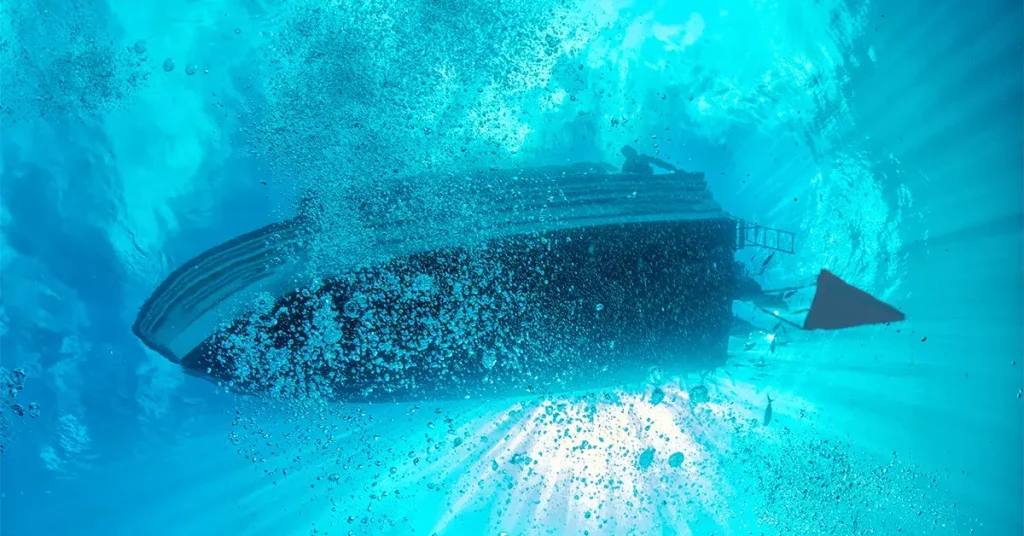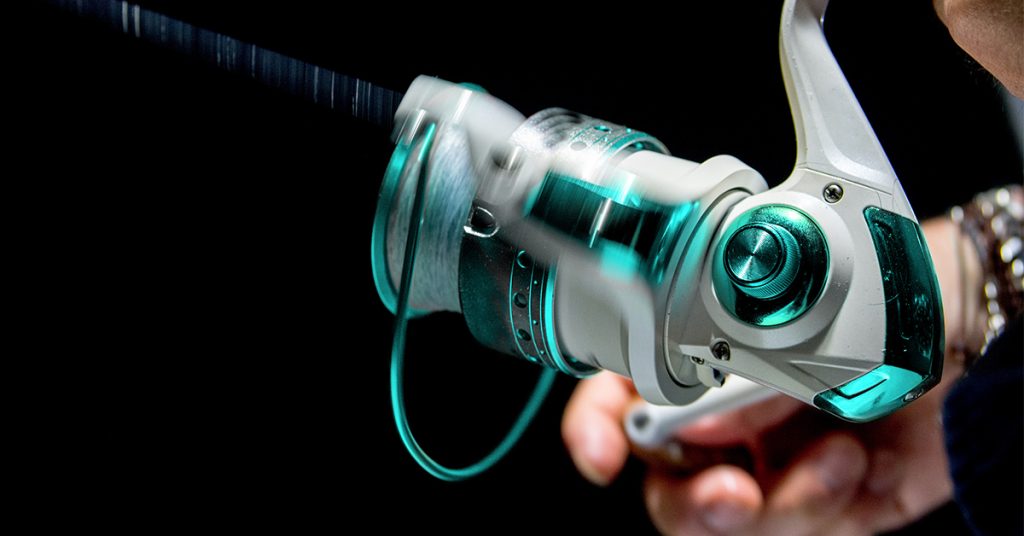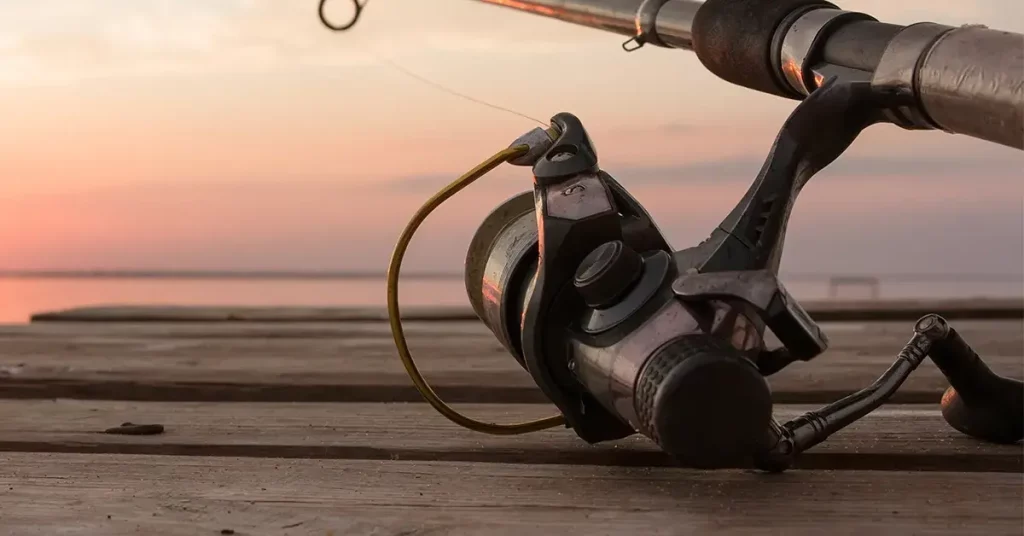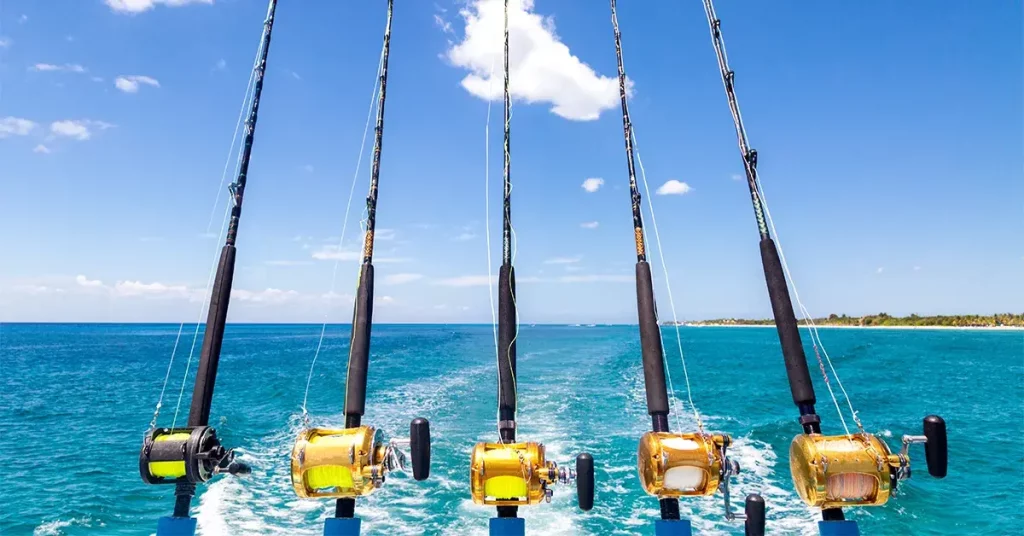Fishing in windy conditions can be a major pain. It can seriously test your patience as you’re forced to cast and reposition your boat simultaneously. Luckily there’s a fairly simple solution to this common problem – drift socks.
Drift socks – also called drift anchors – are large parachute-shaped anchors made from ripstop fabric that slow your boat’s movement down significantly. They’re typically attached to a cleat on your boat with a harness and have a small float attached to keep the whole thing afloat.
While they sound simple enough, there’s actually a good deal to consider when it comes to picking the right drift sock for your craft. I’ll review some of the best options available, break down how to choose the right one for your boat, and explain how best to use them.
Quick Answer: 4 Best Drift Socks
- Best Overall: Lindy Drift Control Magnum 48″
- Kayak Drift Sock: Lindy Drift Control Fisherman Series 18″
- Best for Large Boats: Lindy Drift Control Magnum 60″
- Drift Sock Kit: Mythik Lures Drift Master
How does a drift sock work?
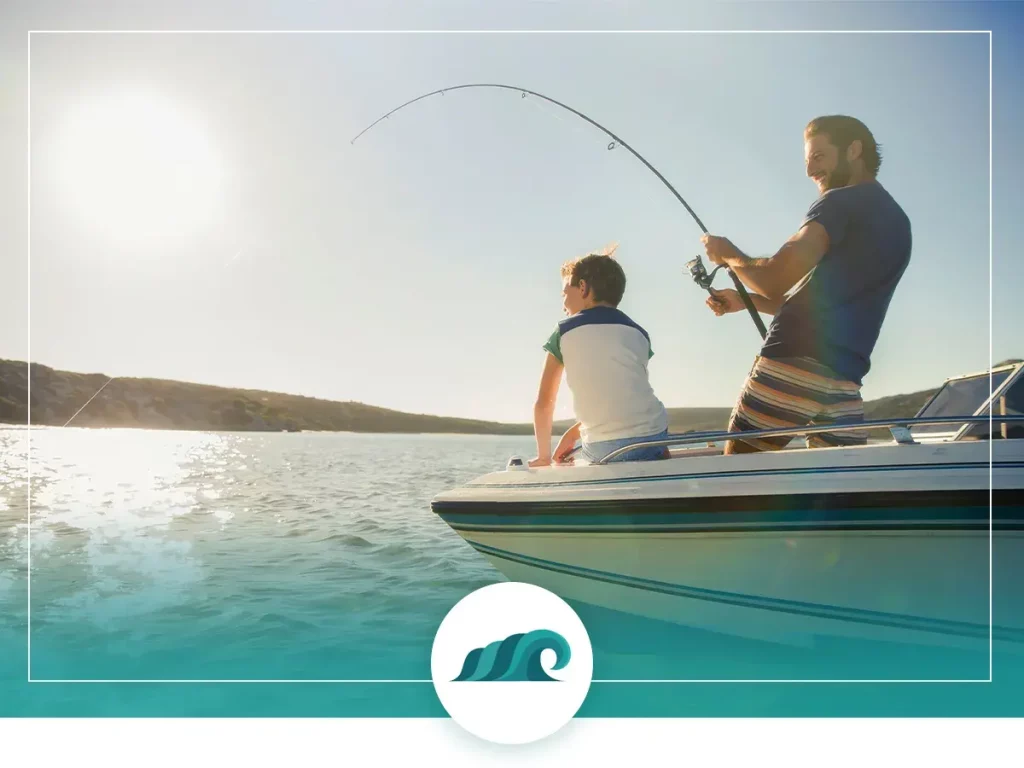
Drift socks work by creating drag in the water, which reduces the effect of wind and current on your hull.
They’re typically deployed facing the wind, so they drag through the water and slow the movement of your boat in the water. This allows you to keep fishing without constantly adjusting your position, as well as keep your boat moving in the right direction instead of getting swiveled out of position.
Another benefit of drift socks is they’ll keep your craft moving at a consistent speed through the water. This can allow you troll more effectively, or use can be used to get a consistent speed when backtrolling with an outboard motor.
There are several methods of deploying drift socks effectively. They’re sometimes deployed in tandem, with a larger sock anchored to the rear and a smaller one tied to the bow – this solves the problem of uneven boat drifting, and adds further stability in gusty conditions.
Best Overall: Lindy Drift Control Magnum 48″
Designed to handle the most rugged fishing techniques on the planet, the magnum series from Lindy is as good as it gets when it comes to drift socks. Unlike drift socks from other manufacturers, it’s made from a thick rip-stop nylon fabric that won’t tear no matter how rough the conditions are. The fabric also provides more drag by reducing the amount of rippling and pulsing in the water.
The 48” sock diameter is a good overall size for most craft and conditions – it’s generally better to err on the larger side when it comes to drift socks. The sock comes with a flotation device, harness, and bottom weights for faster deployment and less sock rotation. These weights mean you can also deploy the sock by tossing it into the water away from your boat.
If you’re looking for a do-it-all drift sock that can handle nearly any situation, you’ll have a hard time beating this one.
Key Features
- Thick rip-stop fabric prevents tearing
- Includes a flotation device and harness
- 48” diameter is ideal for a wide variety of situations
- Build-in bottom weights for quick deployment
View Pricing On:
Kayak Drift Sock: Lindy Drift Control Fisherman Series 18″
If you’re looking for a drift sock that will work on kayaks, canoes, and smaller boats, this well-made sock fits the bill nicely. It’s coated for durability and water resistance – and won’t absorb any water whatsoever.
Made from heavy-duty denier nylon, the material will resist fraying and hold up to shallow water fishing conditions. The reinforced nylon prevents fraying and will last for many years of use. The 18” sock diameter is built for smaller craft and is ideal for lakes and other slow-moving waters.
Like Lindy’s Magnum series, the fisherman series uses a heavier fabric, increasing drag in the water. This means you can get away with using a smaller drift sock than models with lighter materials.
Key Features
- 18” sock diameter is ideal for kayaks and other small craft
- Thick durable nylon fabric is resistant to fraying
- Completely waterproof fabric
- Ideal for lakes and slow-moving water
Best for Large Boats: Lindy Drift Control Magnum 60″
If you’re looking for a drift sock for larger (20 foot+) boats, then this big boy is the perfect choice. With an enormous 60” diameter, it will slow down larger craft – even in seriously windy conditions.
Made from rugged and durable ripstop fabric, it can withstand rough and rugged shallow water fishing conditions. The thick fabric is also increased drag in the water, making the sock even more effective.
Both a harness and float come bundled with the sock, making it quick and easy to setup. Like the smaller Magnum model mentioned above, it comes with bottom facing weights that allow for quick deployment.
While there are certainly cheaper drift socks available, if you have a larger boat, you’ll need a bigger sock to slow it down effectively.
Key Features
- 60” diameter sock is perfect for larger boats and gusty conditions
- Rugged ripstop fabric
- Float and harness come included
- Bottom weights for quick deployment
Drift Sock Kit: Mythik Lures Drift Master
This well-made drift sock kit contains everything you need to slow down your boat right out of the box. It’s made from a tough ripstop material that can stand up to nearly anything you’re likely to encounter on the water.
The kit comes with a 33-inch drift sock, a floating anchor harness rope, and a retrieval cord that attaches to the tail end of the sock and collapses it when you yank on it. It’s perfect for medium-sized boats, kayaks, canoes, and paddleboards.
The drift master is a great option for a variety of weather conditions, and will slow your boat down to a steady crawl as you fish windy conditions.
Key Features
- The kit comes with drift sock, floating harness, and dump line
- Ideal for most medium-sized craft
- Durable ripstop nylon fabric
- Easy to deploy and collapse
How to use a drift sock
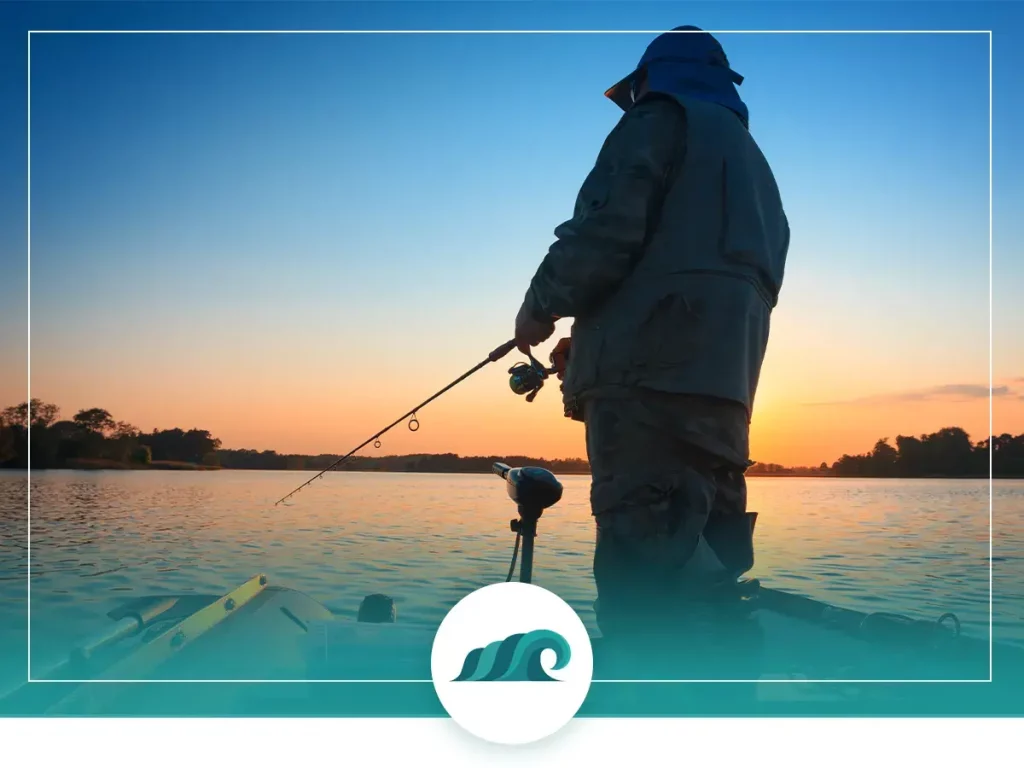
There a number of ways you can utilize a drift sock to keep your boat stable in windy conditions.
Drifting Flats
The most common way drift socks are deployed is when you need to slow down your boat’s movement when fishing long flats. Rather than constantly fiddling with your trolling motor, or having to pick up your kayak paddle and reposition your craft, throwing one or more drift socks in the water lets you fish undisturbed as your boat slowly drifts along.
When fishing large flats, you’ll need to position your craft so it’s perpendicular to the wind. Then simply set up the drift sock in the water facing the same direction as the wind.
If you’re using one drift sock, then attach it to a cleat or anchor lock near the middle of your craft. If your boat is on the larger side, you may want to use multiple drift socks. This will slow you down further and keep your boat from swiveling around in the water. Attach the main drift sock to a cleat near the rear of your craft, and a second smaller one to a cleat near the bow.
This method is used for both saltwater and freshwater fishing and is particularly popular for walleye and northern pike flat fishing.
Windy Shorelines
Another common method using drift socks is when you’re fishing windy shorelines. The challenge here is to prevent your boat from being pushed ashore while moving along the shoreline at a smooth steady pace. This will allow you to cast directly at the shoreline with minimal effort.
To utilize this method, you’ll need to position your drift sock off the rear windblown edge of your boat. This will keep your boat parallel to the shoreline, and you can use a bow-mounted trolling motor to make small adjustments if needed.
Backtrolling
Backtrolling refers to using a larger motor in reverse to keep your boat hovering in the same spot. This works well when you’re fishing in particularly windy conditions, as the larger motor will give you the power and control needed to power through the waves.
When backtrolling, deploy the drift sock off the bow facing directly in front of the boat. Then use your main motor in reverse to control the positing of your craft.
How to pick the right drift sock for your boat
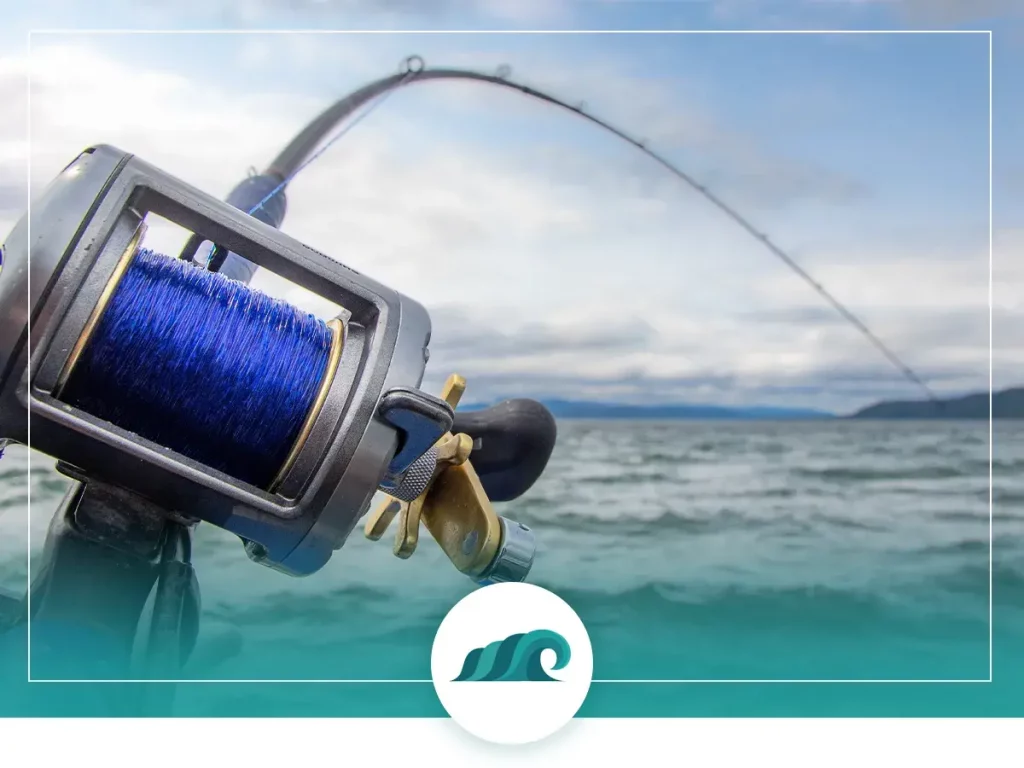
Picking the right drift sock for your craft can be a little confusing. Let’s take a look at some of the key factors to be aware of when picking out a drift sock.
Sizing
The most important factors to consider when choosing a drift sock are the size of your craft and the wind conditions. If your boat is over 20 feet, then you may want to go with two different sizes so you can experiment with using multiple socks. Use the following chart as a guideline to pick out the right sized drift sock.
| 14-foot | 16 to 18 foot | 20 foot + | |
| Light Wind | 18”-24” | 25”-30” | 36”-42” |
| Moderate Wind | 25”-30” | 36”-42” | 48”-50” |
| Heavy Wind | 36-42” | 48”-50” | 54”-60” |
If you’re in doubt about what size to get, going one size up normally makes sense. This will give you the ability to drift in heavy winds, while still working well when it’s just a bit breezy out. If you fish in a variety of conditions, then picking up a few different sizes will give you the versatility to drift anytime you like.
Harness and Buoy
Attaching a drift sock to your boat is typically done with a harness and some sort of small float or buoy. You can also use a length of rope, but a harness and float will generally work better.
A float is needed to keep the sock near the surface, and not dragging along the bottom. It also helps you locate the sock on the surface if it comes loose.
Look for a harness with some sort of quick-release clip or carabineer on its end. This will allow you to quickly remove and reposition the sock on a different cleat if the need arises. Some drift socks will come with a clip and float included, while others do not. Check out the MOOCY 70” Drift Sock Harness if you’re looking for a good harness and float.
Dump Line
A dump line – also called a collapsing line – is a second smaller rope attached to the end of your drift sock. This line is used to quickly collapse the sock and make it easier to pull in. Pulling a fully inflated drift sock towards your boat is like hauling in an anchor – it can be a major pain.
The most important thing to keep in mind while rigging the dump line is that it needs to be longer than your harness line by the same length as your drift sock.
If you’re looking for a way to anchor in shallow water, check out my kayak stake out pole review.

